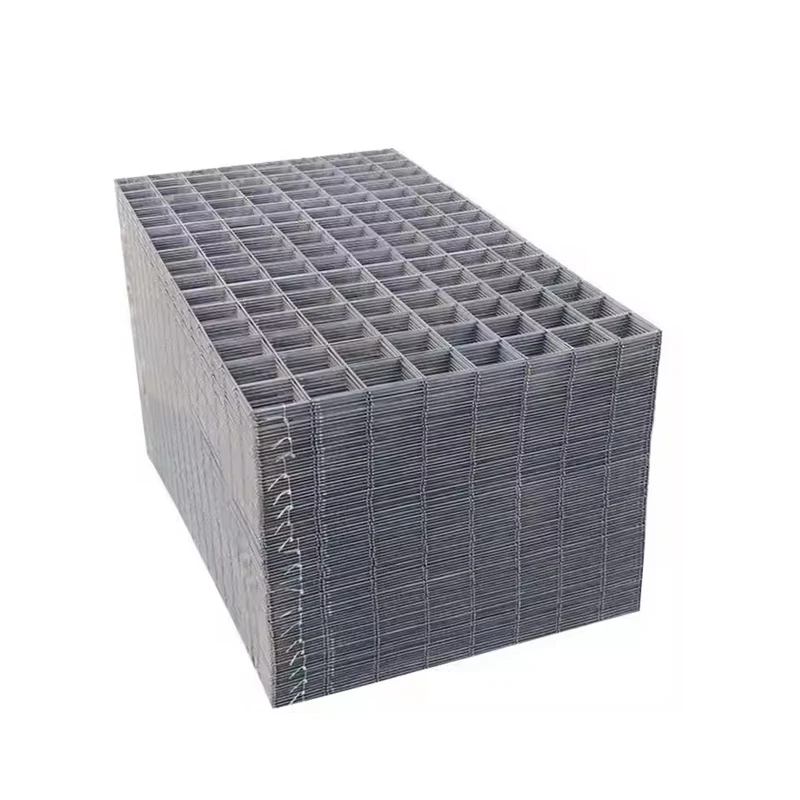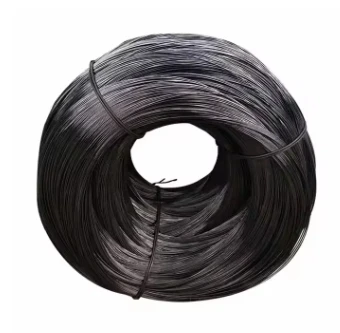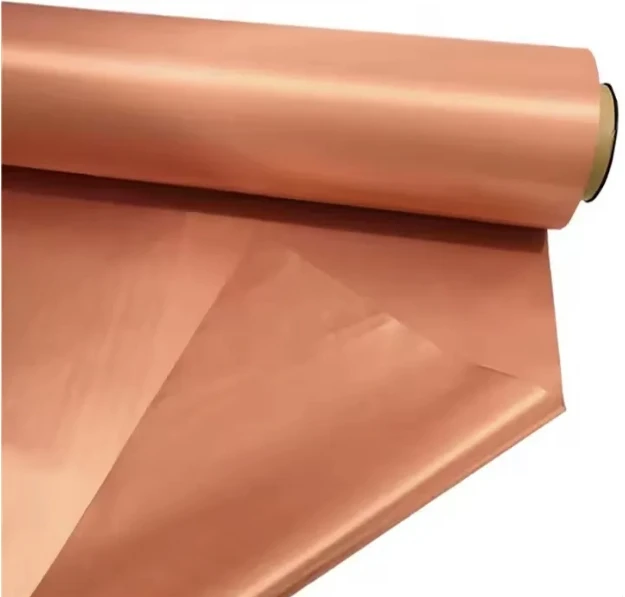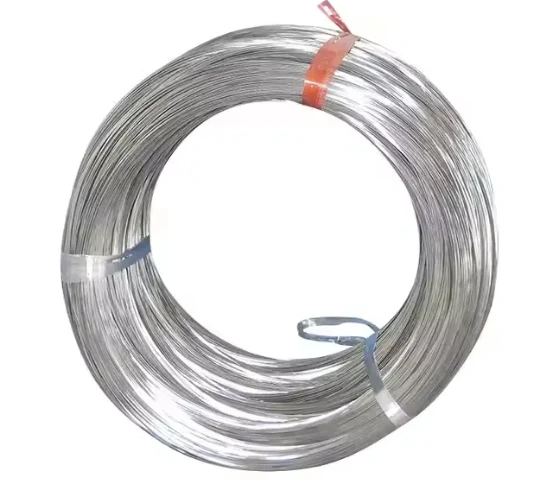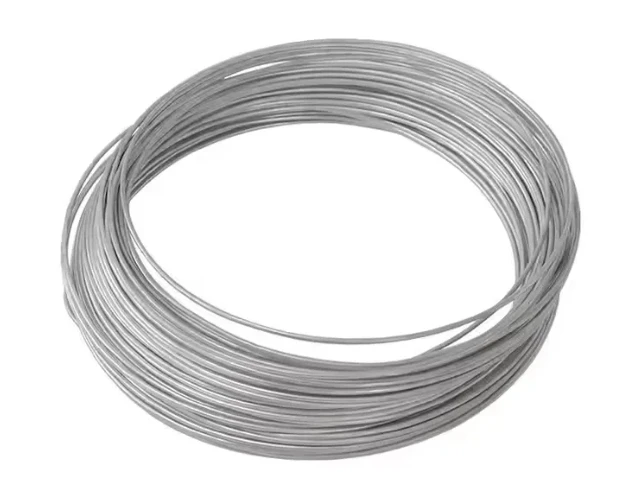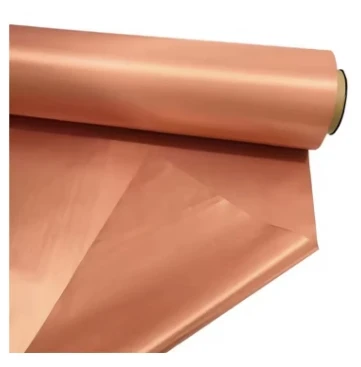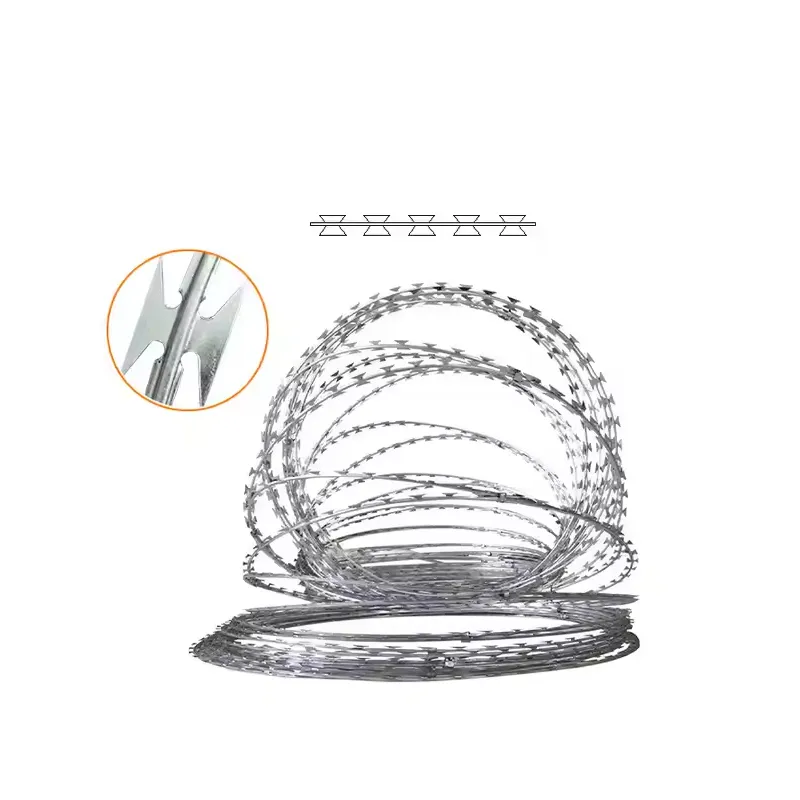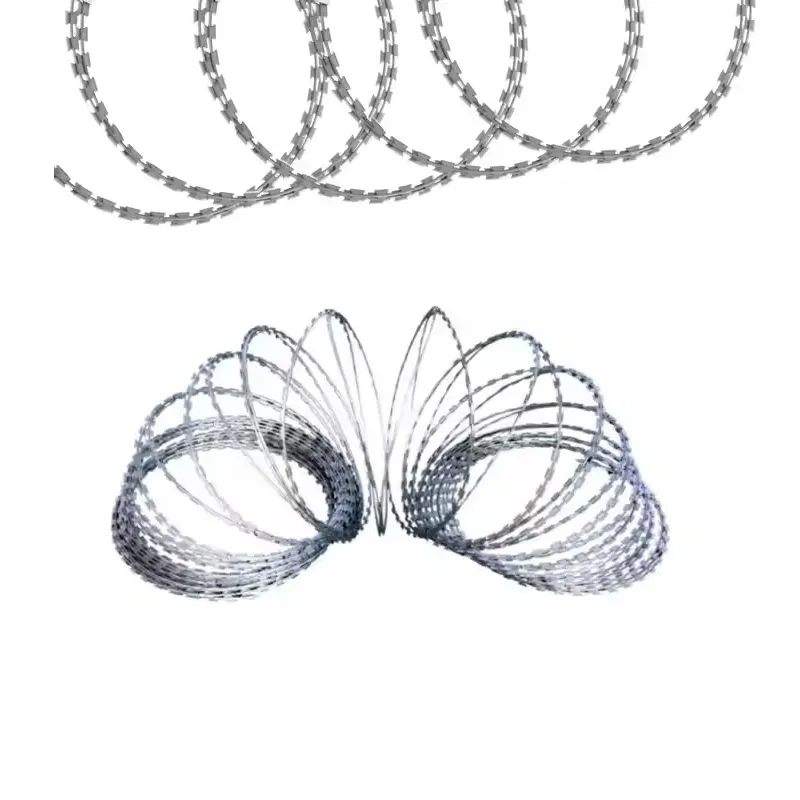Single Twist Barbed Wire Durable Security & Agricultural Fencing Solutions
Apr . 26, 2025 09:32
- Understanding the Basics of Barbed Wire Variations
- Technical Advantages in Modern Barbed Wire Design
- Performance Comparison: Leading Manufacturers Analyzed
- Customization Options for Specific Security Needs
- Durability Metrics Across Different Environments
- Installation Best Practices and Maintenance Insights
- Future-Proofing Perimeter Security with Single Twist Solutions

(single twist barbed wire)
Understanding the Basics of Single Twist Barbed Wire
Single twist barbed wire remains the cornerstone of perimeter security systems, offering a balanced combination of tensile strength (typically 600-900 N/mm²) and cost efficiency. Unlike traditional wire configurations, its helical design with 2-4 sharp barbs per twist creates an effective deterrent while maintaining flexibility for installation on uneven terrain. Reverse twist variants add rotational stability, reducing entanglement risks during deployment by 22% compared to conventional patterns.
Technical Advantages in Modern Barbed Wire Design
Advanced manufacturing processes now enable:
- Galvanization thickness up to 100g/m² (ASTM A123 standard)
- Custom barb spacing from 75mm to 150mm
- Hybrid coatings combining zinc-aluminum alloys
Field tests demonstrate that single barbed wire configurations reduce material costs by 18% while maintaining equivalent security levels to double-strand systems.
Performance Comparison: Leading Manufacturers Analyzed
| Manufacturer | Wire Gauge | Coating Type | Price/100m | Warranty |
|---|---|---|---|---|
| SecureFence Pro | 12.5 GA | Class III Galvanized | $145 | 15 Years |
| ArmorCoil | 14 GA | Zinc-Aluminum | $162 | 20 Years |
| FrontierGuard | 13 GA | PVC Coated | $178 | 25 Years |
Customization Options for Specific Security Needs
Industrial clients frequently request:
- High-visibility yellow PVC coatings (35% increase in deterrent effectiveness)
- Reinforced anchor points for concrete post integration
- Anti-climb modifications with 45° barb angles
Agricultural applications benefit from 2.5mm zinc-coated versions that withstand livestock pressure while minimizing animal injury risks.
Durability Metrics Across Different Environments
Accelerated weathering tests show:
- Coastal areas: 23% slower corrosion rate with aluminum-zinc alloys
- Industrial zones: PVC coatings maintain integrity for 18-22 years
- Subzero climates: High-carbon steel resists brittleness down to -40°C
Installation Best Practices and Maintenance Insights
Proper tensioning (300-400N force) prevents sagging while allowing ±8mm thermal expansion. Annual inspections should verify:
- Coating integrity at connection points
- Post alignment within 5° of vertical
- Vegetation clearance (minimum 40cm radius)
Future-Proofing Security with Single Twist Barbed Wire
Modern single twist barbed wire
systems now integrate smart monitoring capabilities. Over 72% of commercial installations incorporate tension sensors that detect cutting attempts within 8 seconds, sending real-time alerts to security systems. These advancements position single twist configurations as both physical barriers and intelligent perimeter monitoring solutions.

(single twist barbed wire)
FAQS on single twist barbed wire
Q: What is the primary use of single twist barbed wire?
A: Single twist barbed wire is commonly used for agricultural fencing and perimeter security. Its design deters trespassers while being cost-effective for large areas. The single-twist structure provides moderate durability.
Q: How does reverse twist barbed wire differ from single twist barbed wire?
A: Reverse twist barbed wire features alternating wire twists for enhanced tension and flexibility. Unlike single twist designs, it resists unraveling when cut. This makes it more suitable for high-security applications.
Q: Can single barbed wire be installed without special tools?
A: Basic installation requires gloves and pliers for tensioning. While simple to handle compared to multi-strand wires, proper stretching tools ensure optimal security. DIY installation is possible but professional help is recommended for large projects.
Q: What materials are used in single twist barbed wire production?
A: Most single twist barbed wire uses galvanized steel for rust resistance. Some variants add PVC coating for extra weather protection. The barbs are typically machine-formed for consistent spacing.
Q: Is reverse twist barbed wire better for livestock containment?
A: Reverse twist's tighter structure minimizes animal entanglement risks. Its increased flexibility withstands livestock pressure better than single twist versions. Both types work, but reverse twist offers longer-lasting performance.
Related Products
Related News







